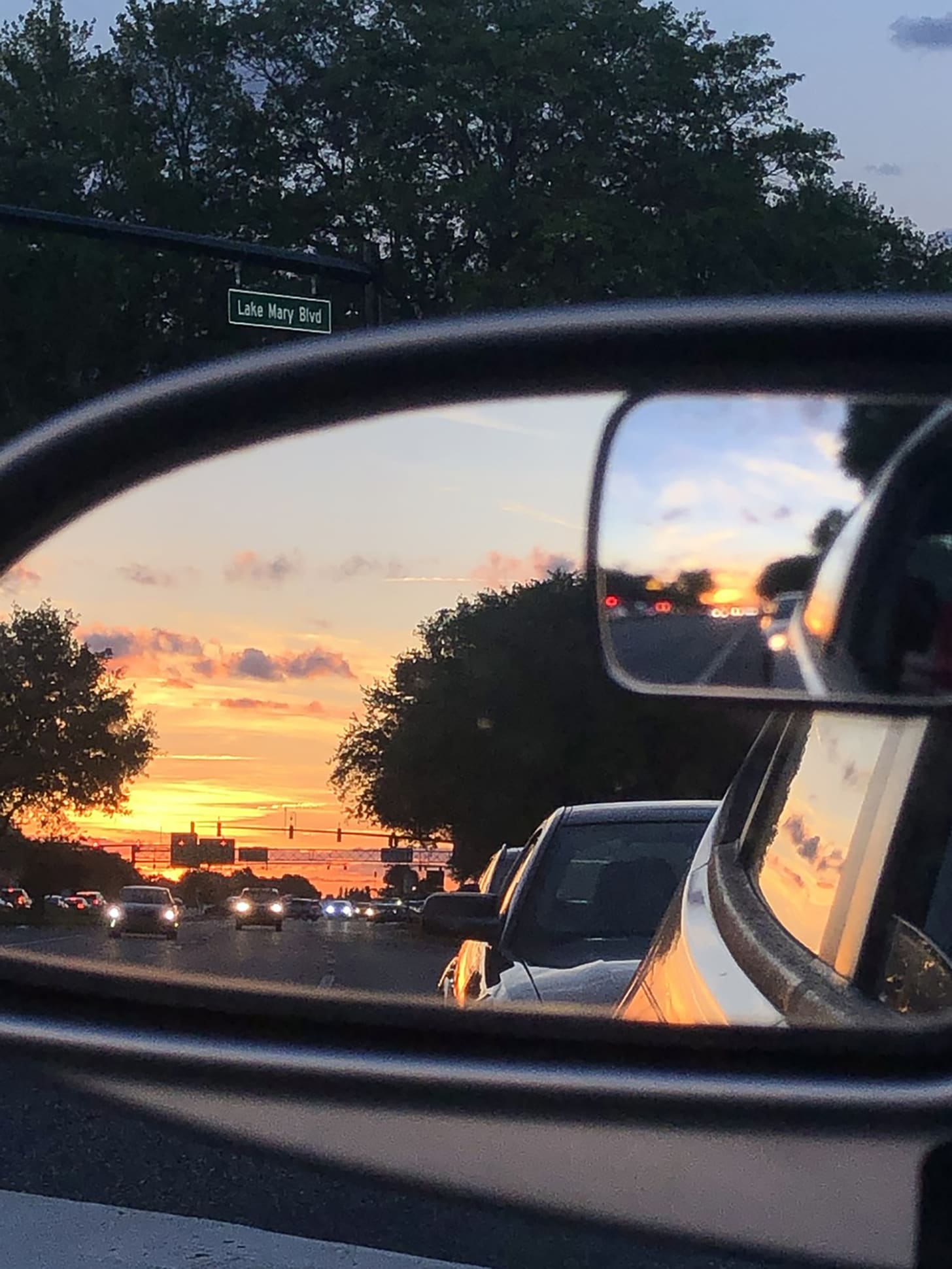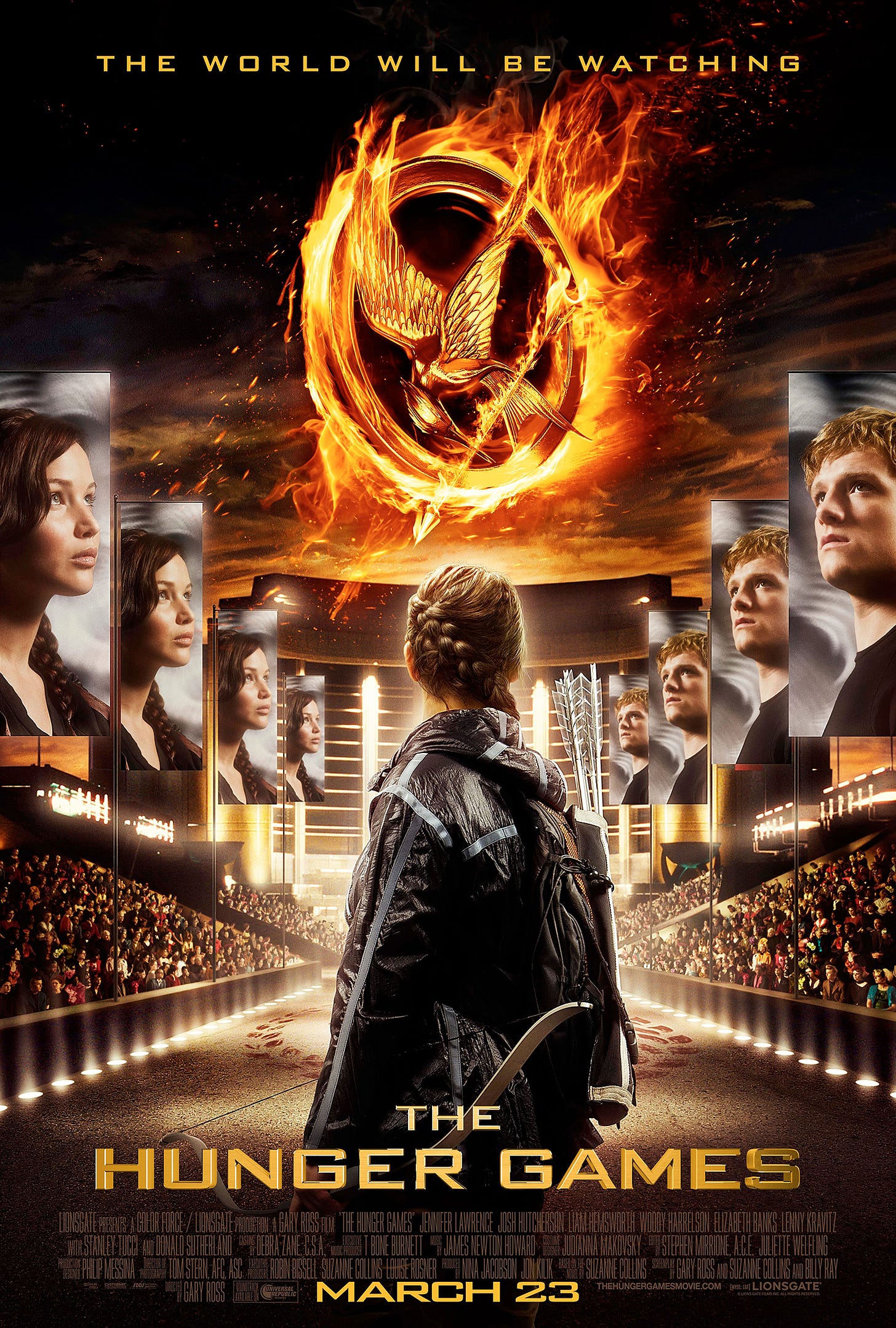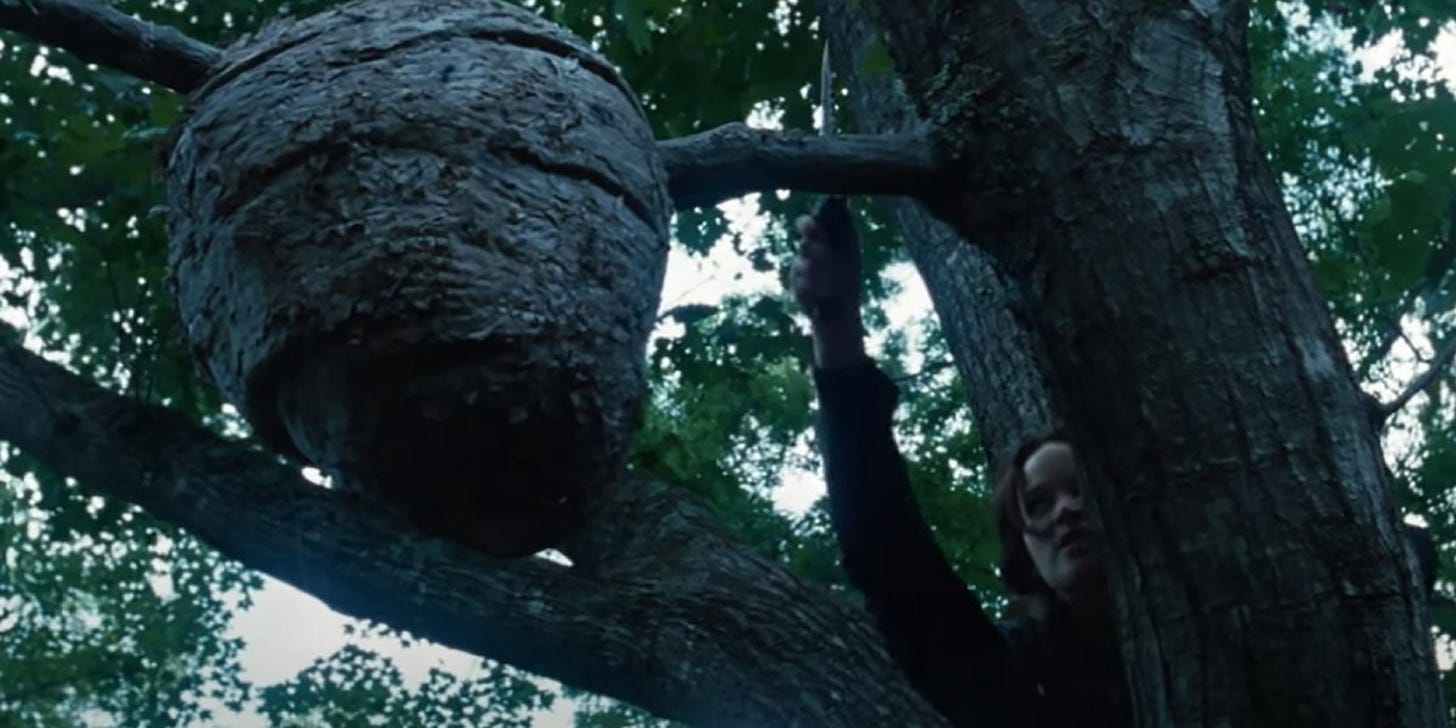Pull up a barstool for the musings of “A Patched Fool,” a weekly newsletter on all things “artsy” — books, movies, music, plays, and, woe betide to us all, streaming television. Really, just idle thoughts not related to sports or general culture.

There are any number of literary or grammatical concepts that survive annihilation as one matriculates from elementary school, through middle school, and into high school: nouns and verbs, setting and plot, perhaps even protagonist and antagonist. Often, they all exist in a mental slurry out of which an idea may be plucked when prompted.
No matter the grade level, I often would begin a lit-adjacent class with as quick a review of Aristotle’s “Poetics” as I could muster. Whether a grade-level English class, creative writing or some variation of film studies, everyone would get the down low on plot, character, language, theme, music and spectacle. Then, as we began breaking down the works, at least we’d all have a shared vocabulary within which to operate.
Invariably, I’d introduce Aristotle – certainly not by name! – by asking kids about a writer’s choices: what can a reader identify just by opening to the first page? (All my former students just screamed in unison: writers make choices!)
You can play along at home as I type: what are choices we can recognize without trying very hard?
Verb tense is a biggy. Did the writer choose past tense or present tense? Of course, there are more choices, but those two are the big ones. Is there a mix? As an example, as memory serves, in Ambrose Bierce’s short story “An Occurrence at Owl Creek Bridge,” the writer used three different verb tenses, subtly changing from one to another at various points.
The point of view (POV) is another important choice. Is the story told from a first-person standpoint, meaning from one character’s perspective and allowing the reader access to that character’s thoughts? (“I did this; I did that.” Think Arthur Conan Doyle’s use of Dr. Watson’s POV for his Sherlock Holmes stories.) Third person? (“She did this; she did that.” Think Jane Austen’s use of Elizabeth Bennet’s POV in “Pride and Prejudice.”) Clever use of an impersonal third? (“You did this; you did that.” Think Jay McInernay’s “Bright Lights, Big City.”) What about first person plural? (“We did this; we did that.” Think Jeffrey Eugenides’s “The Virgin Suicides.”)
Another choice with POV relates to the reader’s distance, for lack of a better descriptor, from the character or narrator. Is the narrator omniscient, capable of knowing the interior thoughts of anyone in that moment? Perhaps dipping into Mercutio’s thoughts while, at the same time, knowing precisely what is motivating Tybalt and letting the reader in on all that information?
Or is the POV a close third? My impression while chasing my creative writing MFA was that a close third was looked upon with especial favor, a powerful tool, and one that required mighty discipline to maintain.
One of the easiest ways to determine POV is to ask: where is the camera? An omniscient POV places the camera in a high corner in the room, capturing and recording everything that’s going on and easily flitting among each character’s thoughts and actions. A close third places the camera on a character’s shoulder. It sees what the character sees; it hears what the character hears. It does not, however, know what the character is thinking.
We aspiring MFAers were told that clever writers, only using mad skills and after much appropriate literary setup, might be allowed to dip that camera off the shoulder and into the character’s inner thoughts. The writer must earn that indulgence, though.

Time for a practical example.
I’ll use one of the same source materials as I did in class, betraying the timeframe and ages of students: Suzanne Collins’s first entry in her famous trilogy, “The Hunger Games.”
I’ll let you take a second to retrieve the book from the shelf or call it up on your iPad. Turn or scroll to the first paragraph, and …
When I wake up, the other side of the bed is cold. My fingers stretch out, seeking Prim’s warmth but finding only the rough canvas cover of the mattress. She must have had bad dreams and climbed in with our mother. Of course, she did. This is the day of the reaping.
What do we see? What choices did the writer make?
First person.
Present tense.
Now, we must ask and answer the next question: why? Why those choices?
Let’s take POV and verb tense together by re-writing the opening paragraph in a classic close third POV presented in the simple past (changes italicized):
When Katniss woke up, the other side of the bed was cold. Her fingers stretched out, seeking Prim’s warmth but found only the rough canvas cover of the mattress. She must have had bad dreams and climbed in with their mother. Of course, she did. This was the day of the reaping.
Subtle changes; changes that might work, that could work. But… those aren’t the choices Collins made. So… why?
***
Thinking of the story as a whole, in my mind, there is one moment that stands out that seems to require a first person/present tense POV.
[Take a moment to think.]

The attack of the tracker jackers.
Those are the genetically-altered wasps/hornets that Katniss weaponized during the titular games. Trapped in a tree, but relatively safe from arrows and attacks, she sawed off a tree limb that had a huge nest of tracker jackers on it, dropping it among her tormentors, killing one, while she was stung a few times in the process.
When the other contestants fled, Katniss descended and, in her mounting delirium, retrieved a bow and its arrows from a dead tribute, then stumbled away. Peeta returns, quickly and surreptitiously, warning her to flee. She does and she passes out.
The reader (and viewers of the movie) then are presented an hallucinatory explication of Katniss’s backstory: the mine explosion that killed her father; her mother’s resultant emotional catatonia; Katniss confronting her mother and taking over care for Prim; near starvation and Peeta, risking his own beating from a parent, heaving a (purposefully) burnt loaf into the rain and mud for Katniss’s benefit.
Upon awakening, Katniss is covered in poultices that have drawn the poison out of her system, introducing the audience and her to Rue, an important ally and one who grounds Katniss emotionally in the game.
***
In third person, the reader would not be privy to the hallucinatory visions; the visions would be in Katniss’s own mind, locked away from prying eyes in a third-person POV. Locked in the third-person, readers would have no easy access to Katniss’s backstory – Collins would have had to provide that backstory through exposition (yawn) or create a conversation into which the information could be woven (an obvious contrivance).
The present tense anchors the backstory into a specific time and place within the over-arching story. Simple past would allow the writer to drop in the backstory anywhere, but would necessitate the use of yawn or contrivance.
What important things happen in that chosen sequence of events? She was chased up a tree, avoided those chasing her and the slings and arrows of outrageous fortune, and used the saw edge of a formidable blade to weaponize a natural resource (the tracker jackers).
Collins chosen sequence, grounded in her first choices about POV and verb tense, established that Katniss is resourceful and decidedly not a wanton murderer like those District 1 careers. (All her killings are morally defensible as self-defense (tracker jackers), defense of others (killing the tribute that speared Rue), or as a mercy – Cato’s killing at the cornucopia.)
The backstory gives readers vital information that provides context to Katniss’s choice to volunteer as tribute. Also, it helps to explain Peeta’s feelings and her warmth toward him.
The sequence also provides a springboard to introduce Rue. That strand of plot is a rich vein that resonates even beyond the first novel, setting up the champions’ tour visit to District 11 that seems a slow starting point to the nascent revolution against the Capitol that plays out through the trilogy’s second and third books.
***
Say it with me now.
Plot. Character. Language. Theme. Music and Spectacle!
Writers make choices!
You can buy my memoir, A Watermelon Life, here.
You can buy two of my plays, La Maire Avare and Qu’est-ce que tu fais? — what I call the “Hippolyta Extended Universe,” here.
To subscribe to “Ambitious for Motley,” which would be much appreciated, go here:
To leave a comment or just otherwise join the conversation, I’d love to hear from you:
If you decide someone in your biosphere might like this piece, please send it to them with my thanks:

I read a lot. A yawn or contrivance I set aside. One that captures usually provides a consistent POV. Does the author begin with the POV in mind or does it occur naturally in an excellent writer? PB